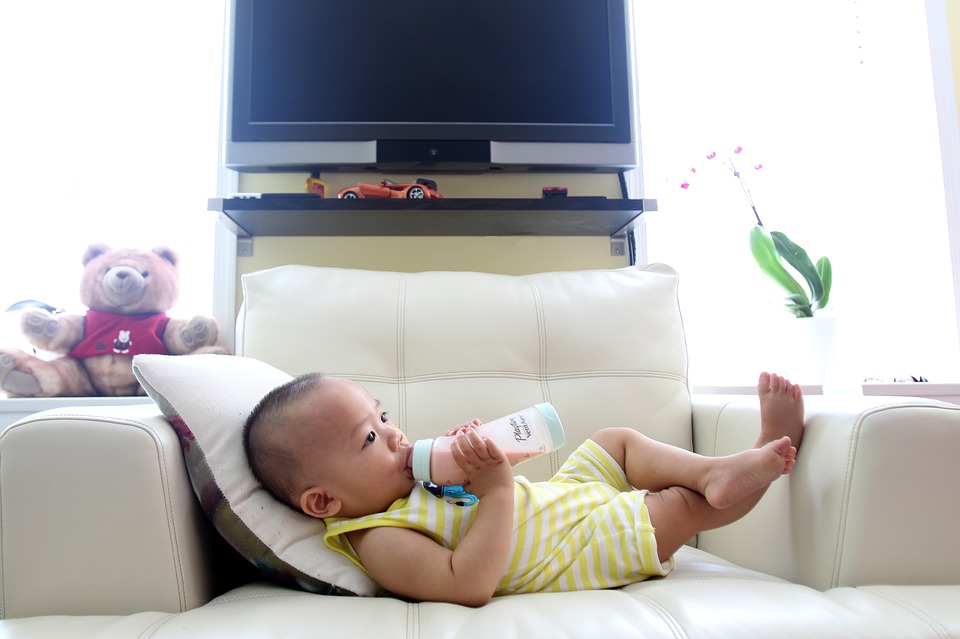Pregnant Women, Young Children Especially at Risk
Washington, DC – The US Consumer Product Safety Commission (CPSC) today published a warning to consumers, especially pregnant women and young children, to avoid kids’ products, electronics, mattresses, and home furniture that contain certain flame retardant chemicals, known as organohalogens. The CPSC is also calling on manufacturers to eliminate this toxic class of chemicals in these products, and for retailers to obtain assurances from suppliers that products don’t contain organohalogens. The warning comes one week after the agency voted to move forward with a rulemaking to ban the chemicals in these products.
“We applaud the CPSC’s action today to warn consumers about these harmful chemicals while the agency moves forward with a ban,” said Eve Gartner, Earthjustice co-counsel. “Consumers can’t shop their way out of the problem, which is why a ban is needed. Today’s warning is a good interim step.”
“The warning issued today by the CPSC will help protect consumers from chemicals that pose a serious health threat,” said Rachel Weintraub, legislative director and general counsel at Consumer Federation of America and co-counsel on the petition. “However, until these chemicals are banned, consumers still need to be cautious and shop with care.”
Organohalogen chemicals have been associated with serious human health problems, including cancer, increased time to pregnancy, decreased IQ in children, impaired memory, learning deficits, hyperactivity, hormone disruption and lowered immunity.
The complete text of the CPSC’s guidance can be found on the CPSC website.
Experts caution, however, that it is impossible for consumers to know for sure if products they buy are free of organohalogen flame retardants because in most cases manufacturers aren’t required to disclose their use of the chemicals.
Recent testing of TVs found 11 of 12 TVs tested contained flame retardant chemicals, some in concentrations as high as 33%. Testing results are available at http://www.toxicfreefuture.org/flame-retardants-tvs
“Products containing organohalogen flame retardants are a source of health risk to our families,” said Erika Schreder, primary author of the study and Science Director for Toxic-Free Future. “The CPSC is right to warn consumers, especially those most vulnerable to exposure, to avoid products containing these harmful flame retardants. The chemicals can leach out of the products and contaminate our homes, exposing our families.”
Reports filed by makers of kids’ products with the state of Washington show widespread presence of flame retardants in kids’ products. In the last six months, manufacturers filed over 400 reports of kids’ products containing flame retardants, including in toys, games, art supplies, and clothing and other textiles.
“Parents should be able to buy products for their kids without worrying they contain toxic flame retardants. While consumers wait for the CPSC rulemaking to proceed, states must continue to adopt policies to restrict the use of these chemicals,” said Sarah Doll, National Director of Safer States.
“The CPSC’s new guidance should be a wake-up call for retailers across the country,” said Mike Schade, Mind the Store Campaign Director for Safer Chemicals Healthy Families. “Big retailers like Best Buy and Costco should heed the CPSC’s guidance and require suppliers to stop adding toxic flame retardants to electronics, children’s and infant products and others as soon as possible. Retailers can play an important role in following the CPSC’s guidance by ensuring the products they sell are free of these unnecessary dangerous chemicals.”
Environmental health experts offer these tips for consumers when shopping for organohalogen-free products:
- Check furniture labels. When shopping for furniture, consumers should CHOOSE furniture labeled “CONTAINS NO ADDED FLAME RETARDANTS.”
- Check kids’ product labels. Make sure any children’s products you or your childcare provider use are not labeled as meeting the California TB 117 flammability standard (these products likely contain flame retardants in the foam).
- Avoid kids’ products made with polyurethane foam.
- Dust and wash hands regularly. To reduce exposure from products in your home, cleanliness counts! Wash hands, especially those of young children, often, to keep dust from attaching to food or fingers and being consumed. Regularly wet dust and wet mop to reduce dust, and use a vacuum with a HEPA filter.
The CPSC’s action results from a Petition submitted in June 2015 by the nonprofit law firm Earthjustice and Consumer Federation of America on behalf of: American Academy of Pediatrics, American Medical Women’s Association, Consumers Union, Green Science Policy Institute, International Association of Fire Fighters, Kids In Danger, Dr. Philip J. Landrigan, League of United Latin American Citizens, Learning Disabilities Association of America, National Hispanic Medical Association, and Worksafe.
###

